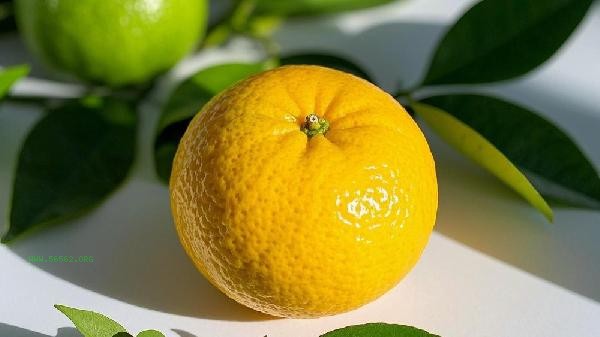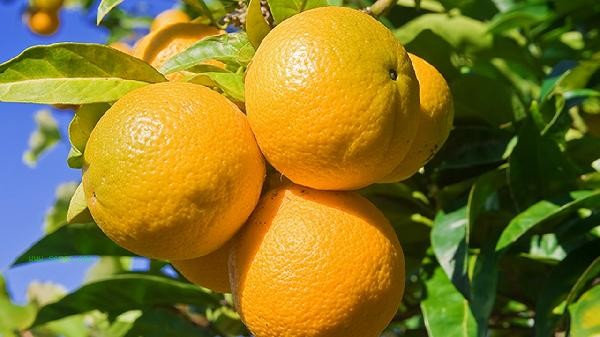Choosing oranges with high sweetness can be judged by observing the color of the skin, pressing the elasticity, smelling the aroma, checking the condition of the fruit stem, weighing, and other methods.

1. Peel color
Oranges with high maturity have orange yellow or dark orange skin, with a uniform and glossy color. Avoid choosing fruits with alternating green and yellow or locally turning green. Oranges with fine and evenly distributed oil cells in the skin usually have higher sugar content, and those with natural pockmarks on the surface rather than damaged spots may also be sweeter.
2. Pressing Elasticity
Gently press the orange navel with your thumb, high-quality sweet oranges will have moderate elasticity, and can quickly rebound after sinking. Hard may not be fully matured, while too soft may result in overripe or internal dehydration. Be careful to avoid fruits with obvious indentations or localized softening on the skin.
3. Smell the aroma
Fresh sweet oranges can be smelled with a fresh citrus aroma at the stem, and the stronger the aroma, the better the maturity. If there is a fermented or alcoholic taste, it may have spoiled, and if there is no aroma, it may be due to premature picking or prolonged storage.

4. Fruit Stem Status
Selecting oranges with green and slightly sunken fruit stems indicates that the picking time is appropriate. Dried and raised fruit stems may have been stored for too long, and completely detached fruits are susceptible to microbial contamination. Oranges with leaves are fresher, but if the leaves turn yellow, they lose their reference value.
5. Weighing
Under the same volume, heavier oranges have more juice, and when comparing horizontally, choose fruits with a heavy texture. If the flesh is too light, it may become shriveled, but attention should be paid to excluding weight errors caused by excessive skin thickness. Other characteristics can be combined to make a comprehensive judgment.

When selecting, priority can be given to oranges directly supplied from the production area in the current season. Different varieties have different sweetness characteristics, and varieties such as sugar oranges and honey oranges have higher natural sugar content. Store in a cool and ventilated place to avoid mold growth caused by damp conditions. Soak the skin with salt water to clean the pesticide residue before eating. People with gastrointestinal sensitivity should pay attention to controlling their daily intake. diabetes patients should consult a nutritionist for advice. Fresh orange flesh is full and residue free, with a balanced sour and sweet ratio, which is considered top-grade. If the flesh is dry or has an abnormal taste, it should be stopped from consumption.








Comments (0)
Leave a Comment
No comments yet
Be the first to share your thoughts!